While wandering around Oaxaca, Mexico in the early ‘80s I became aware of the subtle but perceptible emotions that the faded adobe and stucco walls exuded. Thus began the “Walls/Spaces” series. Not only did these walls provide a cultural and geographical referent, but they often offered a metaphor that transcended their place and time. I immediately liked the sense of timelessness I discovered and believe it is this which allows these scenes to become more universal.
Ancient peoples and present indigenous societies have always believed that life is everywhere––even in inanimate objects. This series vivifies that timeless mindset. I find it both challenging and rewarding to draw inspiration from objects and areas taken for granted by passers-by. And if walls and outdoor spaces are often “open” in the sense of public exhibition, they are also open for interpretation.
The series is divided into two parts: Metonymy and Milieu. The former is a figure of speech that uses the name of an object or concept in place of another relationship. In the latter part, the documentary aspects of the milieu in the photos override the metonymy.
A wall is an obstruction; or a bridge; or a window. Upon her face are etched the marks of man: quotidian efforts, birth, war, decay. The family of walls includes sister fence, brother stone and the sundry open and confined spaces. I enjoy looking at and presenting the myriad permutations of this theme. Sometimes a metaphor springs to mind, or simply a reflection of conditions– of mine, time and the anonymous Others. The walls and spaces I ultimately choose to interpret are the ones that speak to me.
Ancient peoples and present indigenous societies have always believed that life is everywhere––even in inanimate objects. This series vivifies that timeless mindset. I find it both challenging and rewarding to draw inspiration from objects and areas taken for granted by passers-by. And if walls and outdoor spaces are often “open” in the sense of public exhibition, they are also open for interpretation.
The series is divided into two parts: Metonymy and Milieu. The former is a figure of speech that uses the name of an object or concept in place of another relationship. In the latter part, the documentary aspects of the milieu in the photos override the metonymy.
A wall is an obstruction; or a bridge; or a window. Upon her face are etched the marks of man: quotidian efforts, birth, war, decay. The family of walls includes sister fence, brother stone and the sundry open and confined spaces. I enjoy looking at and presenting the myriad permutations of this theme. Sometimes a metaphor springs to mind, or simply a reflection of conditions– of mine, time and the anonymous Others. The walls and spaces I ultimately choose to interpret are the ones that speak to me.

"Potter's Space (Caruaru, Brazil)"
© 2012 John D. Elliott • www.TheHumanPulse.com
© 2012 John D. Elliott • www.TheHumanPulse.com

"Wall with Cat and Trash Bin (Ouro Preto, Brazil)"
© 2012 John D. Elliott • www.TheHumanPulse.com
© 2012 John D. Elliott • www.TheHumanPulse.com

"Portals (Holguín, Cuba)"
© 2022 John D. Elliott • www.TheHumanPulse.com
© 2022 John D. Elliott • www.TheHumanPulse.com

"The Final Lesson: I stood on the days...Once the people...Graves cried...Punishment of God, (Edfu, Egypt)"
©2015 John D. Elliott
©2015 John D. Elliott
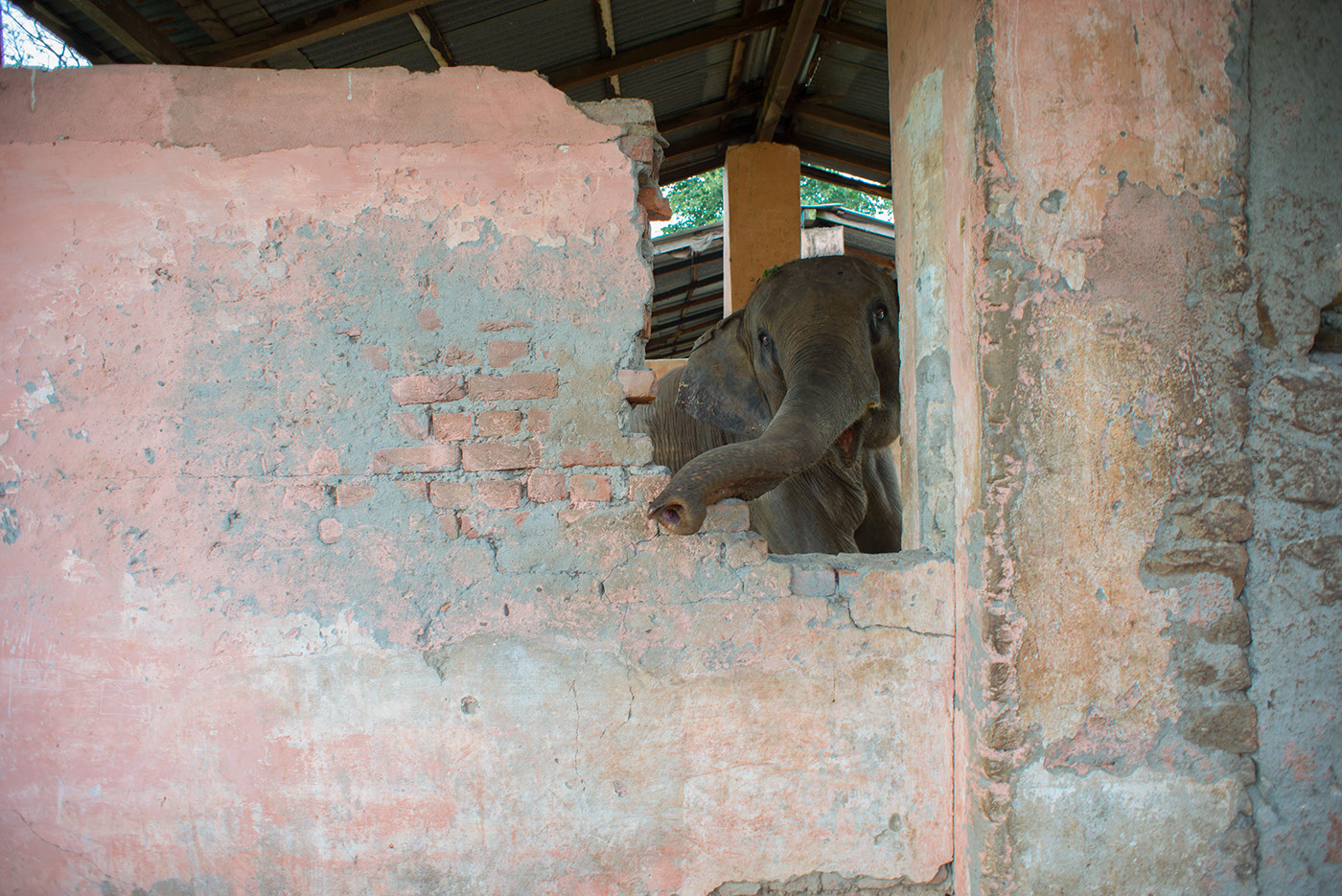
"Elephant Freedom Wall (Haridwar, India)"
© 2016 John D. Elliott • www.TheHumanPulse.com
© 2016 John D. Elliott • www.TheHumanPulse.com

"Wall with Donkey (Uçhisar, Nevsehir, Turkey)"
© 2015 John D. Elliott • www.TheHumanPulse.com

"Wall with Piglets (Teotitlán, Mexico)"
© 1980 John D. Elliott • www.TheHumanPulse.com

"Souq Space (Jeddah, Saudi Arabia)"
© 2014 John D. Elliott www.TheHumanPulse.com

"Lantern Wall (Beijing, China)"
© 2015 John D. Elliott • www.TheHumanPulse.com
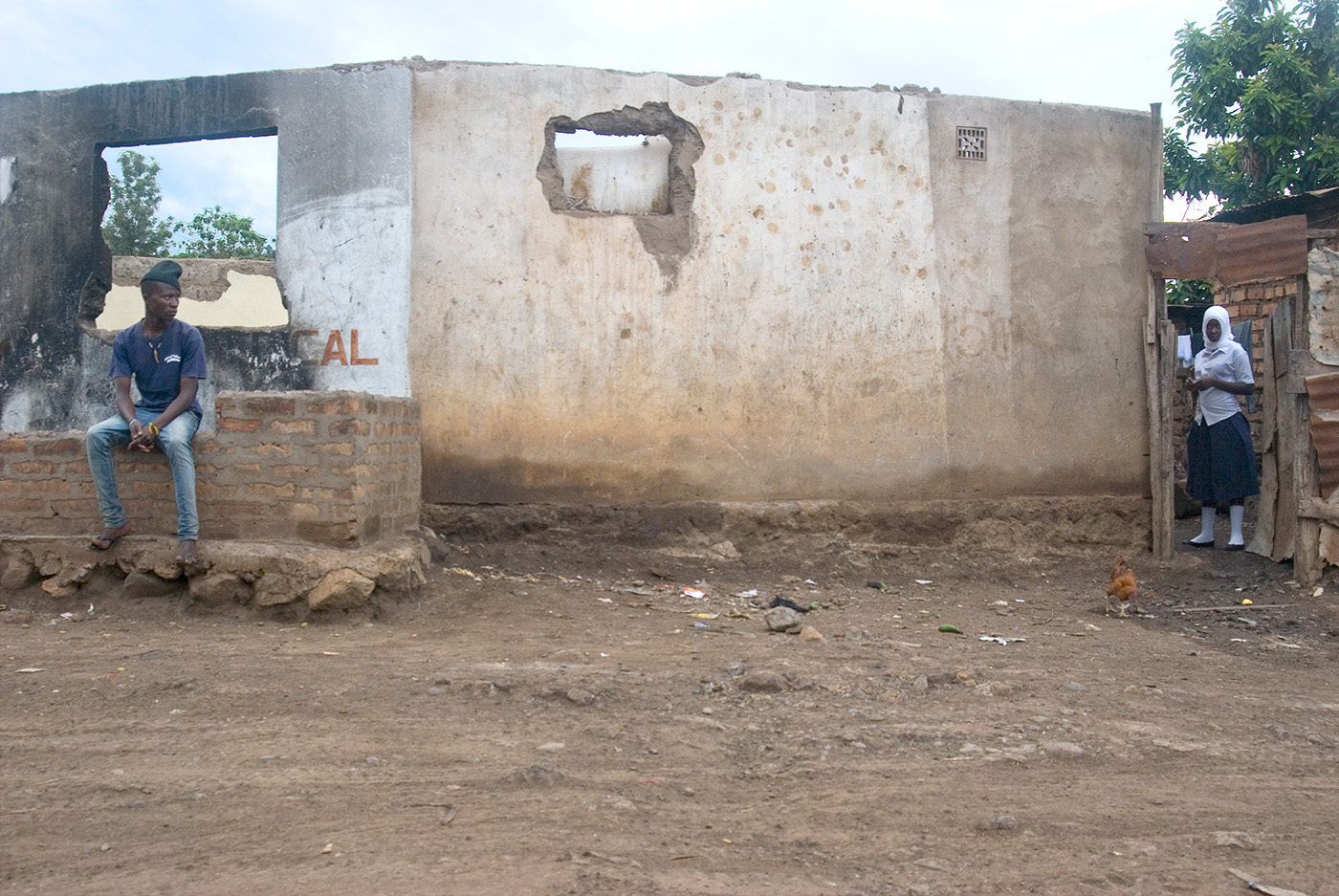
"Africa-Shaped Hole Wall (Arusha, Tanzania)" © 2013 John D. Elliott • www.TheHumanPulse.com

"Shrine (Aswan, Egypt)"
©2015 John D. Elliott • www.TheHumanPulse.com

"Devoted (Havana, Cuba)"
© 2022 John D. Elliott • www.TheHumanPulse.com
© 2022 John D. Elliott • www.TheHumanPulse.com

"Lapa Wall (Rio de Janeiro, Brazil)"
© 2012 John D. Elliott • www.TheHumanPulse.com
© 2012 John D. Elliott • www.TheHumanPulse.com

"Anti-Envy Hands (Cairo, Egypt)"
© 2010 John D. Elliott • www.TheHumanPulse.com
© 2010 John D. Elliott • www.TheHumanPulse.com

"Locker Space (Jeddah, Saudi Arabia)"
© 2014 John D. Elliott www.TheHumanPulse.com
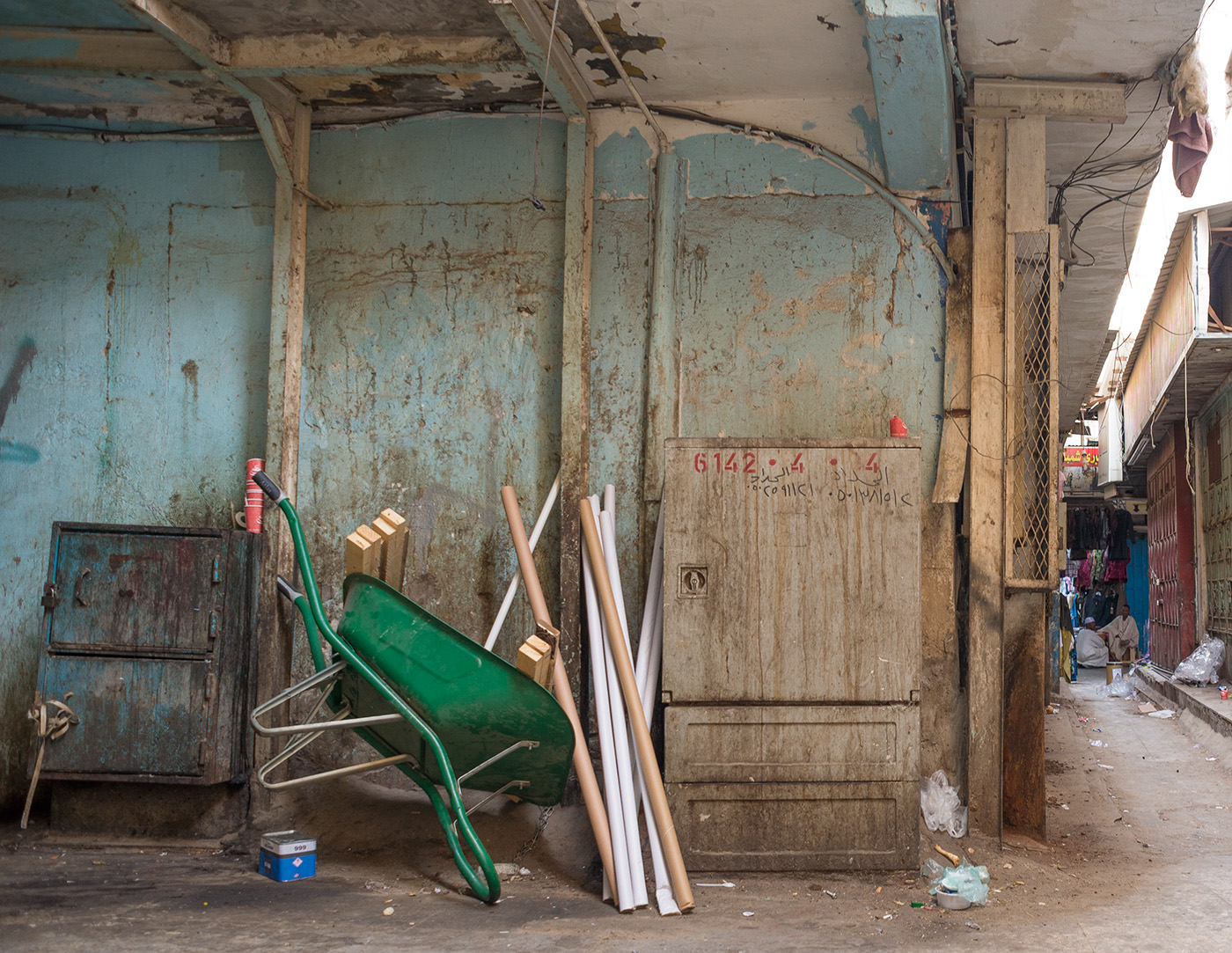
"Souq Space II (Jeddah, Saudi Arabia"
©2015 John D. Elliott www.TheHumanPulse.com

"Avian Space (Rio de Janeiro, Brazil)"
© 2013 John D. Elliott • www.TheHumanPulse.com
© 2013 John D. Elliott • www.TheHumanPulse.com
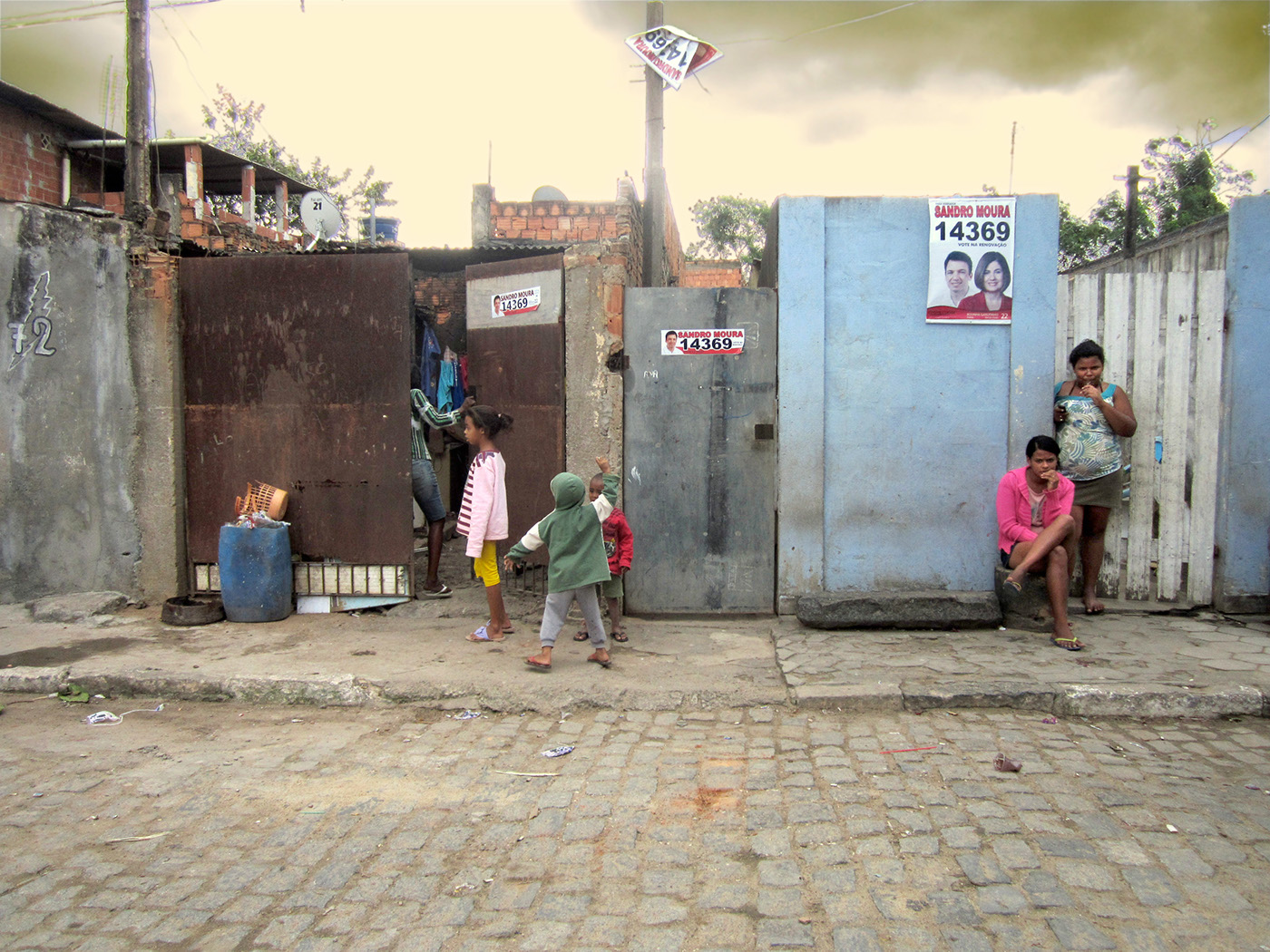
"Baleira Façade (Campos dos Goytacazes, Brazil)"
© 2013 John D. Elliott • www.TheHumanPulse.com
© 2013 John D. Elliott • www.TheHumanPulse.com

"Blues Wall (Rio de Janeiro, Brazil)"
© 2013 John D. Elliott • www.TheHumanPulse.com
© 2013 John D. Elliott • www.TheHumanPulse.com

"Sheep, Wall with Woman"
(Arusha, Tanzania) ©2013 John D. Elliott
(Arusha, Tanzania) ©2013 John D. Elliott

"Directors (Quemada Grande, Brazil)"
© 2013 John D. Elliott • www.TheHumanPulse.com
© 2013 John D. Elliott • www.TheHumanPulse.com

"PVC Sausages Wall (Rio de Janeiro, Brazil)"
© 2013 John D. Elliott • www.TheHumanPulse.com
© 2013 John D. Elliott • www.TheHumanPulse.com
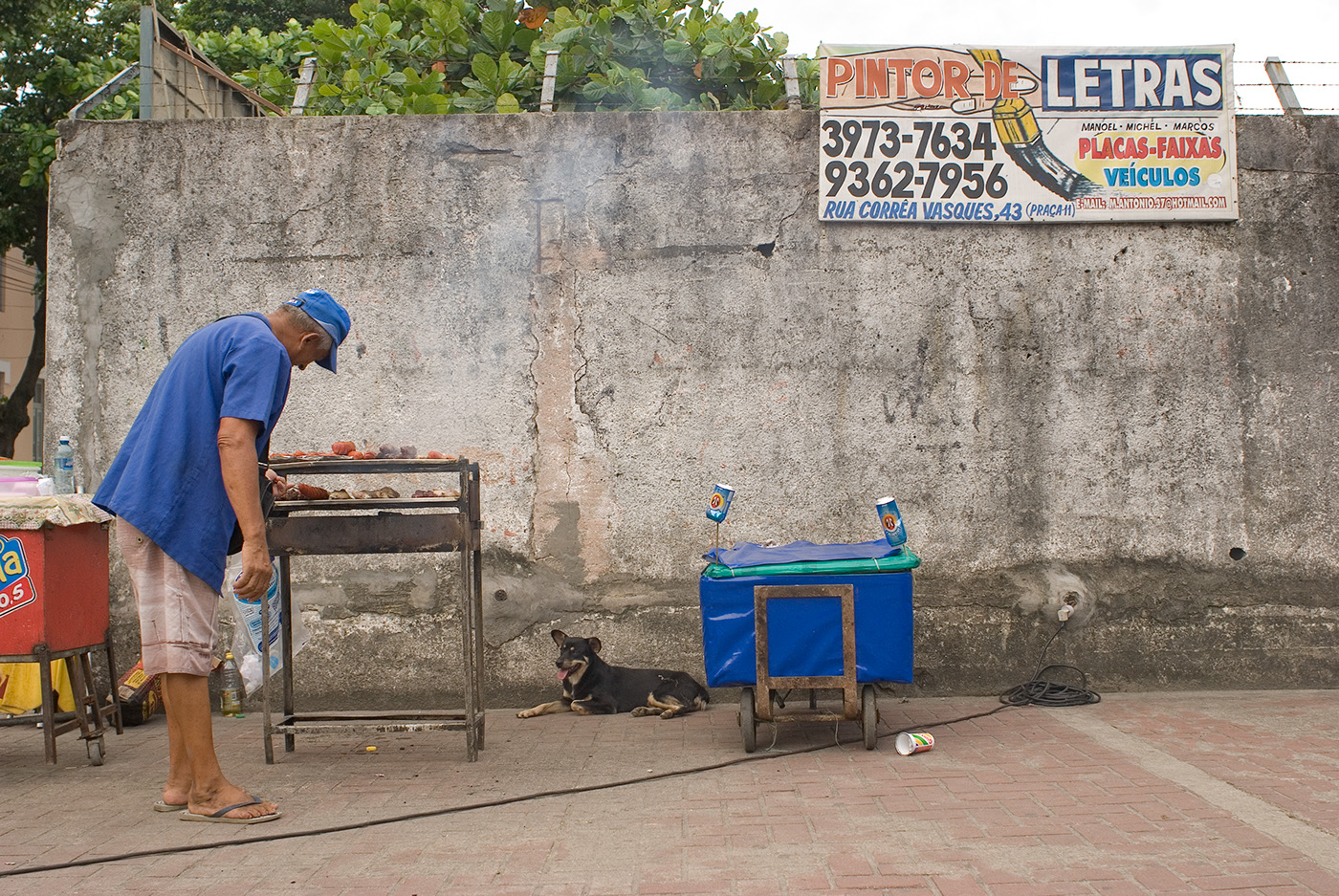
"Potato-Man Wall (Rio de Janeiro)"
© 2013 John D. Elliott • www.TheHumanPulse.com
© 2013 John D. Elliott • www.TheHumanPulse.com

"Huellas (Caracas, Venezuela)"
© 1981 John D. Elliott • www.TheHumanPulse.com
© 1981 John D. Elliott • www.TheHumanPulse.com

"Beach Wall (Recreio, Brazil)"
© 2013 John D. Elliott • www.TheHumanPulse.com
© 2013 John D. Elliott • www.TheHumanPulse.com

"Impending (Aswan, Egypt)"
©2015 John D. Elliott
©2015 John D. Elliott

"Door of Love (Cairo, Egypt)"
© 2010 John D. Elliott • www.TheHumanPulse.com
© 2010 John D. Elliott • www.TheHumanPulse.com

"Energy Dump (Cairo, Egypt)"
© 2010 John D. Elliott • www.TheHumanPulse.com
© 2010 John D. Elliott • www.TheHumanPulse.com
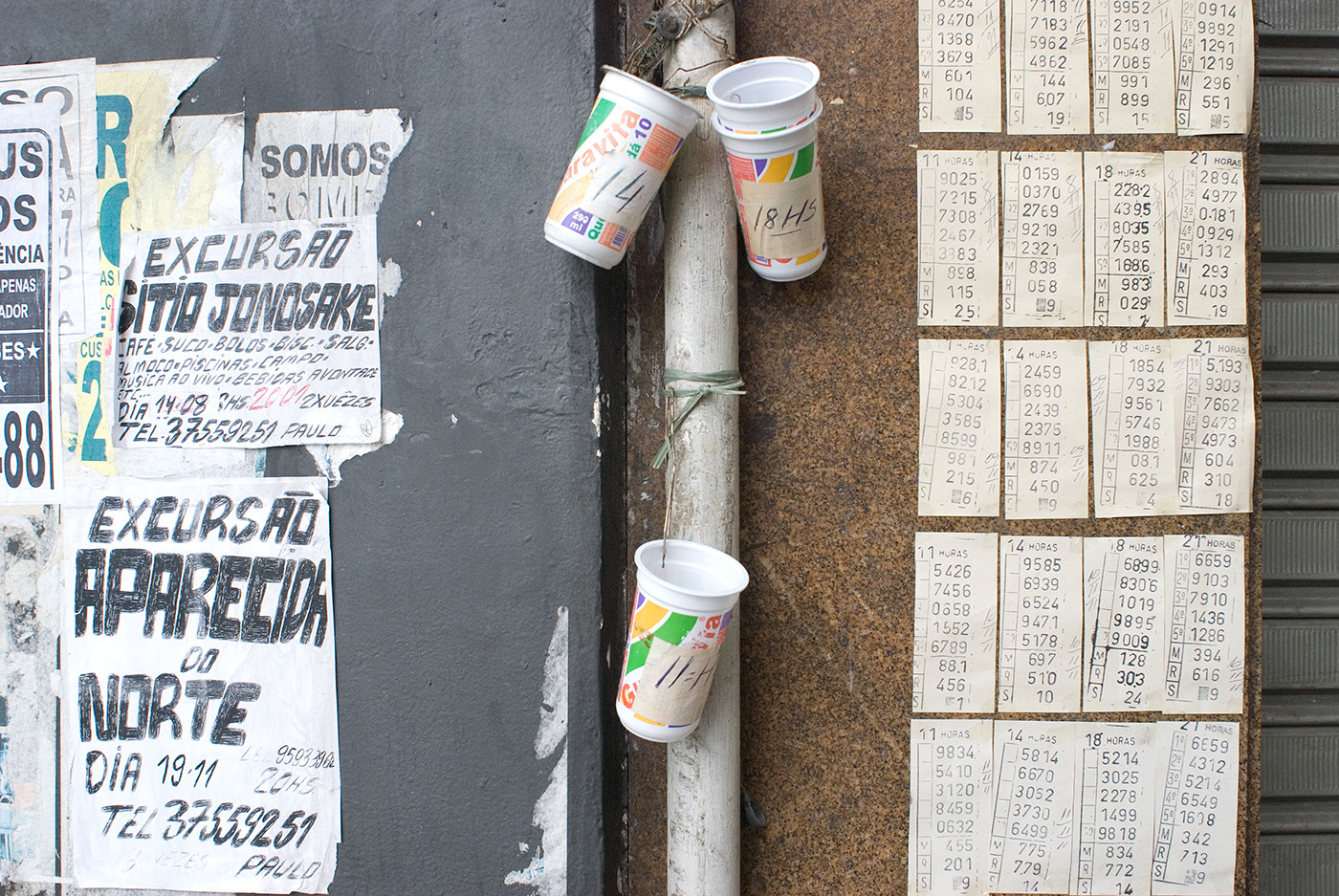
"Jogo de Bicho (Rio de Janeiro, Brazil)"
© 2011 John D. Elliott • www.TheHumanPulse.com
© 2011 John D. Elliott • www.TheHumanPulse.com

"Bald Head Wall (Rio de Janeiro, Brazil)"
© 2012 John D. Elliott • www.TheHumanPulse.com
© 2012 John D. Elliott • www.TheHumanPulse.com

"Stretching Dog with Stubborn Box (Cairo, Egypt)"
© 2010 John D. Elliott • www.TheHumanPulse.com
© 2010 John D. Elliott • www.TheHumanPulse.com

"Blown Cotton Wall #1 (Cairo, Egypt)"
© 2010 John D. Elliott • www.TheHumanPulse.com
© 2010 John D. Elliott • www.TheHumanPulse.com

"Field Shelter in Rain (Locice, Poland)"
© 2008 John D. Elliott • www.TheHumanPulse.com
© 2008 John D. Elliott • www.TheHumanPulse.com

"Canal Intersection (Locice, Poland)"
© 20108 John D. Elliott • www.TheHumanPulse.com
© 20108 John D. Elliott • www.TheHumanPulse.com

"Door to Pompeii (Pompeii, Italy)"
© 2015 John D. Elliott • www.TheHumanPulse.com
© 2015 John D. Elliott • www.TheHumanPulse.com

"House of Light (Riga, Latvia)"
© 2007 John D. Elliott • www.TheHumanPulse.com
© 2007 John D. Elliott • www.TheHumanPulse.com

"Eye Wall (Riga, Latvia)"
© 2007 John D. Elliott • www.TheHumanPulse.com
© 2007 John D. Elliott • www.TheHumanPulse.com

"Bottle Wall (Paris, France)"
© 2003 John D. Elliott • www.TheHumanPulse.com
© 2003 John D. Elliott • www.TheHumanPulse.com

"Childrens' Wall (Bauska, Latvia)"
© 2007 John D. Elliott • www.TheHumanPulse.com
© 2007 John D. Elliott • www.TheHumanPulse.com
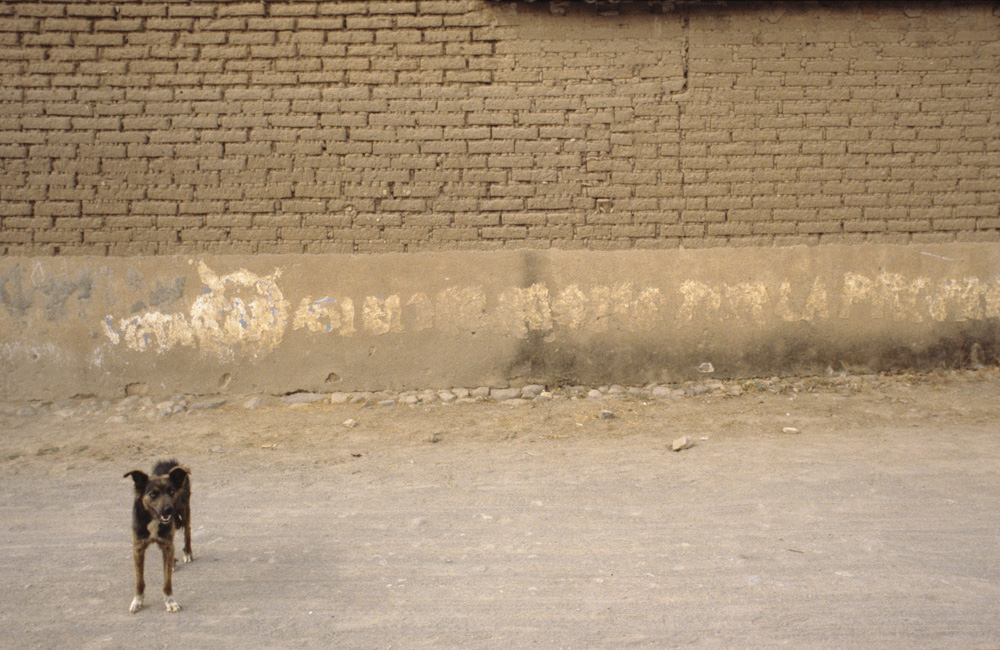
"Dog's Wall (Oaxaca, Mexico)"
© 1980 John D. Elliott • www.TheHumanPulse.com
© 1980 John D. Elliott • www.TheHumanPulse.com

"Life and Death Wall (Mt. San Michel, France)"
© 2003 John D. Elliott • www.TheHumanPulse.com
© 2003 John D. Elliott • www.TheHumanPulse.com
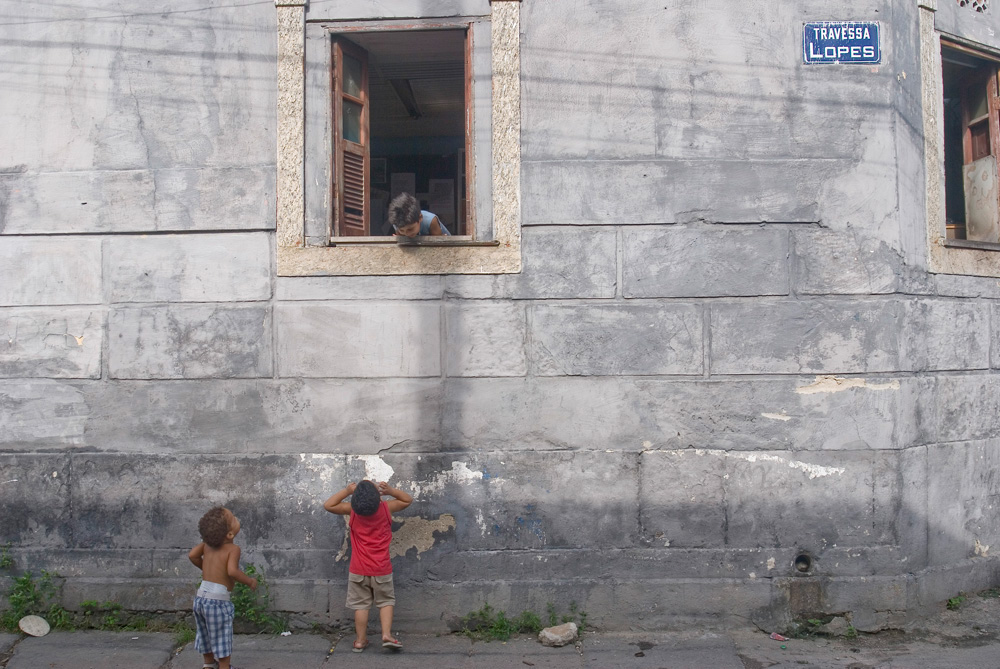
"The Invitation #1 (Rio de Janeiro, Brazil)"
© 2013 John D. Elliott • www.TheHumanPulse.com
© 2013 John D. Elliott • www.TheHumanPulse.com

"The Invitation #2 (Rio de Janeiro, Brazil)"
© 2013 John D. Elliott • www.TheHumanPulse.com
© 2013 John D. Elliott • www.TheHumanPulse.com

"Abraço, Bahía, Brazil)"
© 2018 John D. Elliott • www.TheHumanPulse.com
© 2018 John D. Elliott • www.TheHumanPulse.com

"Women's Wall (Usina de Massauaçu, Brazil)"
© 2012 John D. Elliott • www.TheHumanPulse.com
© 2012 John D. Elliott • www.TheHumanPulse.com

"Elder Woman's Wall (Shi-du, China)"
©2015 John D. Elliott

"Wall of Heat (Beijing, China)"
© 2015 John D. Elliott

"Needing Repair (Cochabamba, Bolivia)"
© 2017 John D. Elliott
© 2017 John D. Elliott

"Broken Dreams (Aswan, Egypt)"
©2015 John D. Elliott

"Wall with God #4 (Cairo, Egypt)"
© 2014 John D. Elliott • www.TheHumanPulse.com
© 2014 John D. Elliott • www.TheHumanPulse.com

"Shrine of Broken Dreams (Bahía, Brazil)"
© 2018 John D. Elliott
© 2018 John D. Elliott
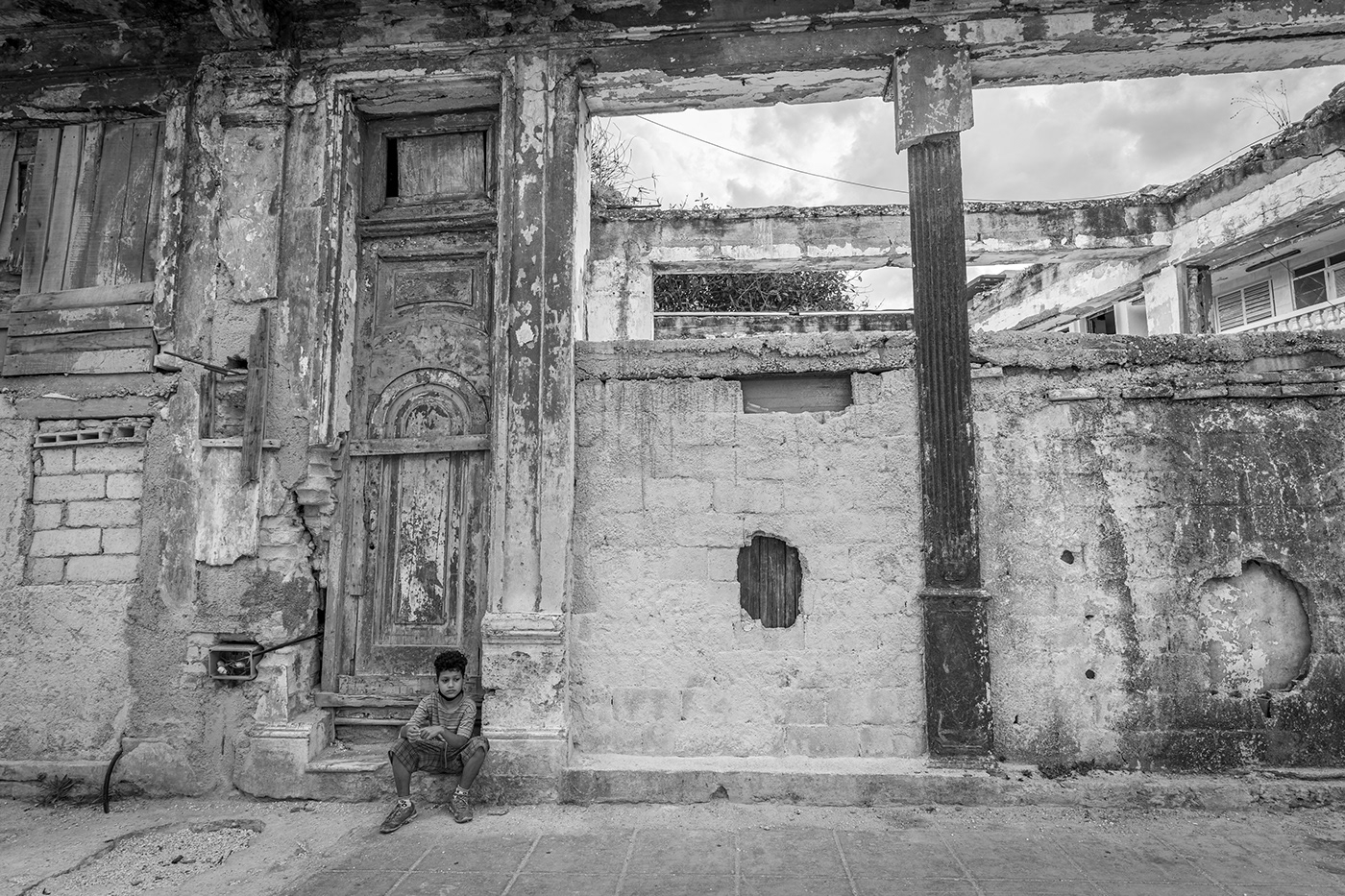
"La Calle (Havana, Cuba)"
© 2022 John D. Elliott • www.TheHumanPulse.com
© 2022 John D. Elliott • www.TheHumanPulse.com

"Unfinished Work (Sancti Spiritus, Cuba)"
© 2022 John D. Elliott • www.TheHumanPulse.com
© 2022 John D. Elliott • www.TheHumanPulse.com
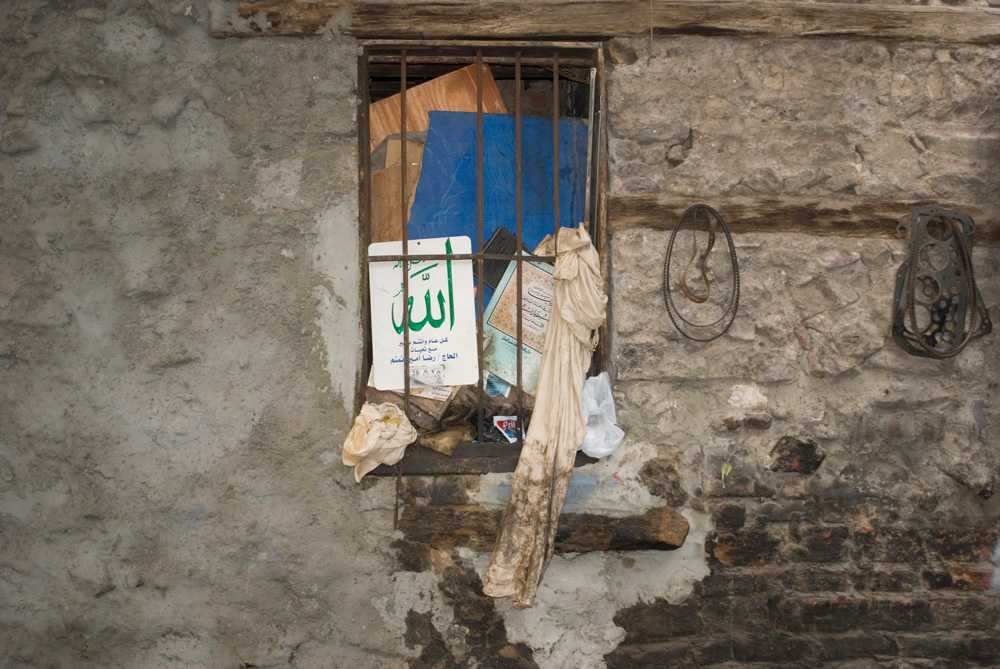
"Wall of God #2 (Cairo, Egypt)"
© 2013 John D. Elliott • www.TheHumanPulse.com
© 2013 John D. Elliott • www.TheHumanPulse.com

"Moças da Farmacia (Rio de Janeiro, Brazil)"
© 2013 John D. Elliott • www.TheHumanPulse.com
© 2013 John D. Elliott • www.TheHumanPulse.com
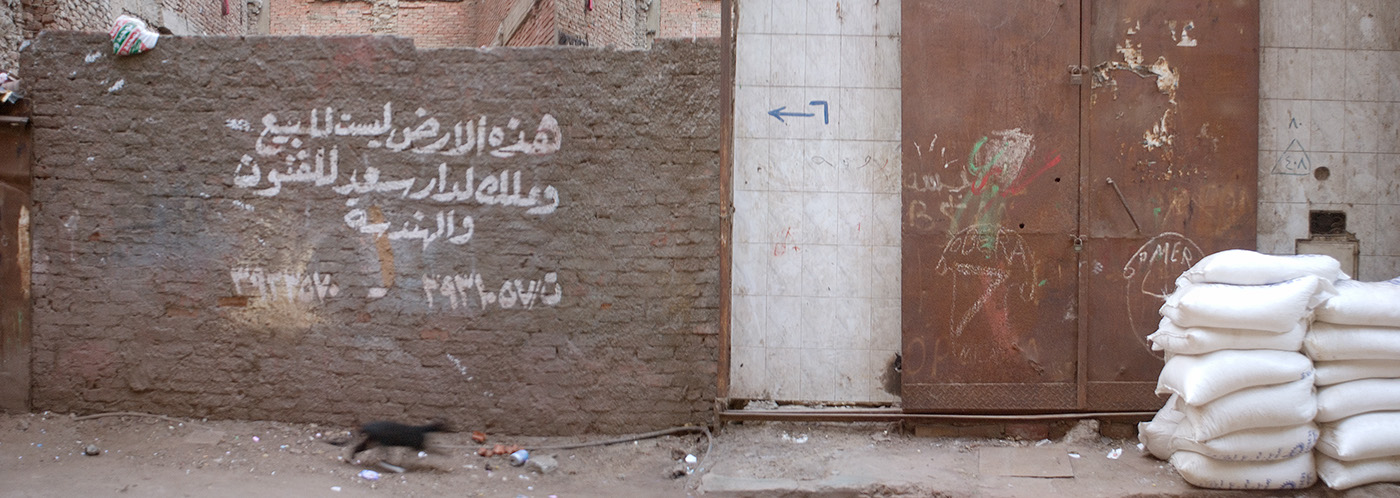
"Cat Wall with Peeking Cat (Cairo, Egypt)"
© 2013 John D. Elliott • www.TheHumanPulse.com
© 2013 John D. Elliott • www.TheHumanPulse.com
When I was about six I discovered The Family of Man. This seminal work of photography and prose, a book edited by Edward Steichen and incorporating some of the magnificent visual opus of Life Magazine, has been continuously published in thirty editions since it first appeared without much fanfare on magazine stands in 1955. Only recently did I recollect perusing and admiring it as a child, but the memories were immediate and vivid. Although I have not seen this book for decades, I can easily reflect on my interest and curiosity prompted by many of the hundreds of photographs within. The accompanying poetry and writing were beyond my ability, but I subsequently discovered the reputation of Carl Sandburg, James Joyce and many of the other contributors.
This book became the genesis of one of my photographic series, The Human Pulse, I was pleasantly surprised to be able to track the scent so far in the past. It wouldn’t be until ten years after I first turned the pages of The Family of Man that I discovered the thrill of traveling to, and living in, other countries, and growing to appreciate all the amazing ideas and approaches of different cultures. But, growing up in New York City, in the hustle of Manhattan, other cultures were all around me. My father would delight in taking the family to Chinese restaurants, where we were encouraged to eat in culturally “authentic” ways, with chopsticks and over hot oolong tea. Or at a Polish eatery he would coax me into trying borscht–no matter that I loathed both beets and cold soups. Although a lifelong atheist and born a Jew, he once taught me and one of my two sisters how to pray to Allah as the Muslims would, and the chant remains chiseled in my mind. (My Christian mother countered, eventually, by sending us to a private school where the devotional liturgy was still chanted in Latin.)
The city of my youth was then as it is today blessed with the glittering galaxy of human activity and ethnic complextion. One of my early memories, probably at around age four, is watching outside our apartment window overlooking the building courtyard, as some Jewish families built temporary succah structures from old doors and such, an annual tradition following the High Holy Days. From the front side of the building, even in the 1960s, I could sometimes observe from a window the rag collectors or junk dealers in their pathetic, horse-drawn carts. Or a scissors-sharpener, loudly promoting his craft. A visit to lower Manhattan was a montage of diverse faces, scents and sounds, especially when I was brought to the fish market or a Greek shop for feta cheese and olives. A lucky fellow was I, for my friends in school often hailed from enchanting places that captured my curiosity, such as the girl from Saudi Arabia in first grade who was so mysteriously reserved. Or a good friend, Herbert Labrada of Puerto Rico, whose apartment was steeped with the scent of arroz con pollo, frijoles and the thrill of chili sauce. My best friends came in all tints and attitudes, from the young Afro-American proto-scientist Otis Ward to George Schnell, of German roots and whose older sister would humiliate me in wrestling play.
At the age of thirteen, my sisters and I were suddenly informed by my father the family would be moving to Florida. Disaster! I thought; in “The South” I imagined everyone was “backwards,” and I could already sense an inchoate pang of elitism. But the plans were made (ironically “to escape the high level of crime” and before we could know the effects of the drug trade soon to befall Miami) and a tyrant’s decision is always final. Arriving in the Miami area in the ‘70s was to be a treat, however. I rather enjoyed the sudden summer showers while the sun still shone, and the already dominant culture of the Cuban emigres was also of interest to me. Soon, I found myself striving to learn Spanish–if only so I could decipher what my classmates were saying about me, the new kid.
At fourteen, I took a class in drafting, part of which involved learning photography and darkroom skills and which soon completely captured my interest and passion. That year I saved up some money from my first job (at a camera store) for an adequate camera, a 35mm Mamiya Sensorex SLR. The next year, in high school, I joined the marching band and my mother somehow came up with the money to pay for me to go on a band trip to Europe. While in the first country of our trip, England, my camera fell to the bottom of the lovely Avon River when my buddy decided to stand up in the canoe, capsizing us. In spite of that debacle, I completely enjoyed discovering the delights of Europe. I took photos with my mind’s eye and resolved to return someday.
A seminal experience in my life was when the 1972 national conventions came to Miami. I somehow convinced my mother to allow me to take the lengthy bus ride to the convention site each day for a week, where I would prowl both inside and outside the Convention hall, pausing to document the excitement and violence. For the first time I was able to pore over the printed results of my excursions and I reveled in discerning the details I had captured.
The following year, however, my travels were markedly different, in terms of culture and destination. During my sophomore year in high school, I joined a volunteer health care group, Amigos de Las America, and trained with two dozen other youths from the area, in medicine, cultural awareness and Spanish. That summer, I traveled for nearly a month throughout a small, mountainous region in Nicaragua, giving measles vaccinations to children, polio drops to babies and English lessons to inhabitants of my impoverished village called Cinco Pinos. With a new (Canon) camera, I began to document the sadness of disease, dirt floors and distended bellies, but also the shy smiles of los jovenes and the regular rewards of pink clouds and redolent sunsets at the close of each day.
I served again as a volunteer for this program the following year, in a different part of Nicaragua; then in my first summer of college, as part of the program staff, in Honduras, for much of the summer break. These three summers became the crucible for my motivation to reach out to the people of the world, if not in person then through photography.
I chose a college that had a strong journalism program, Ohio University, but which also had a strong fine arts and photography program. My four years at OU were a blissful immersion into the fundamentals of visualizing and art conceptualizing. I found many role models, from Diane Arbus to Henri Cartier-Bresson. My first photographic series, “Victims,” had a strong connection to the sense of the unusual and mysterious.
Marriage and starting a family paused the world travels somewhat for a decade, except for a lengthy and high-yielding trip to India with the Rotary Foundation. But as my daughter Danielle entered her teenage years, I resolved to show her the world, and my own personal excursions resumed. (Danielle is carrying the baton of international friendships well, having studied and worked in three continents for the betterment of mankind through music.)
When I became a U.S. Foreign Service Officer in 2010, it was to become a hugely rewarding opportunity to spend two years in Brazil and then two more in Saudi Arabia, where I could indulge in unhurried photographic exploration. I seek to reach out to even more foreign cultures, learn new phrases and discover new friends at different destinations.
This book became the genesis of one of my photographic series, The Human Pulse, I was pleasantly surprised to be able to track the scent so far in the past. It wouldn’t be until ten years after I first turned the pages of The Family of Man that I discovered the thrill of traveling to, and living in, other countries, and growing to appreciate all the amazing ideas and approaches of different cultures. But, growing up in New York City, in the hustle of Manhattan, other cultures were all around me. My father would delight in taking the family to Chinese restaurants, where we were encouraged to eat in culturally “authentic” ways, with chopsticks and over hot oolong tea. Or at a Polish eatery he would coax me into trying borscht–no matter that I loathed both beets and cold soups. Although a lifelong atheist and born a Jew, he once taught me and one of my two sisters how to pray to Allah as the Muslims would, and the chant remains chiseled in my mind. (My Christian mother countered, eventually, by sending us to a private school where the devotional liturgy was still chanted in Latin.)
The city of my youth was then as it is today blessed with the glittering galaxy of human activity and ethnic complextion. One of my early memories, probably at around age four, is watching outside our apartment window overlooking the building courtyard, as some Jewish families built temporary succah structures from old doors and such, an annual tradition following the High Holy Days. From the front side of the building, even in the 1960s, I could sometimes observe from a window the rag collectors or junk dealers in their pathetic, horse-drawn carts. Or a scissors-sharpener, loudly promoting his craft. A visit to lower Manhattan was a montage of diverse faces, scents and sounds, especially when I was brought to the fish market or a Greek shop for feta cheese and olives. A lucky fellow was I, for my friends in school often hailed from enchanting places that captured my curiosity, such as the girl from Saudi Arabia in first grade who was so mysteriously reserved. Or a good friend, Herbert Labrada of Puerto Rico, whose apartment was steeped with the scent of arroz con pollo, frijoles and the thrill of chili sauce. My best friends came in all tints and attitudes, from the young Afro-American proto-scientist Otis Ward to George Schnell, of German roots and whose older sister would humiliate me in wrestling play.
At the age of thirteen, my sisters and I were suddenly informed by my father the family would be moving to Florida. Disaster! I thought; in “The South” I imagined everyone was “backwards,” and I could already sense an inchoate pang of elitism. But the plans were made (ironically “to escape the high level of crime” and before we could know the effects of the drug trade soon to befall Miami) and a tyrant’s decision is always final. Arriving in the Miami area in the ‘70s was to be a treat, however. I rather enjoyed the sudden summer showers while the sun still shone, and the already dominant culture of the Cuban emigres was also of interest to me. Soon, I found myself striving to learn Spanish–if only so I could decipher what my classmates were saying about me, the new kid.
At fourteen, I took a class in drafting, part of which involved learning photography and darkroom skills and which soon completely captured my interest and passion. That year I saved up some money from my first job (at a camera store) for an adequate camera, a 35mm Mamiya Sensorex SLR. The next year, in high school, I joined the marching band and my mother somehow came up with the money to pay for me to go on a band trip to Europe. While in the first country of our trip, England, my camera fell to the bottom of the lovely Avon River when my buddy decided to stand up in the canoe, capsizing us. In spite of that debacle, I completely enjoyed discovering the delights of Europe. I took photos with my mind’s eye and resolved to return someday.
A seminal experience in my life was when the 1972 national conventions came to Miami. I somehow convinced my mother to allow me to take the lengthy bus ride to the convention site each day for a week, where I would prowl both inside and outside the Convention hall, pausing to document the excitement and violence. For the first time I was able to pore over the printed results of my excursions and I reveled in discerning the details I had captured.
The following year, however, my travels were markedly different, in terms of culture and destination. During my sophomore year in high school, I joined a volunteer health care group, Amigos de Las America, and trained with two dozen other youths from the area, in medicine, cultural awareness and Spanish. That summer, I traveled for nearly a month throughout a small, mountainous region in Nicaragua, giving measles vaccinations to children, polio drops to babies and English lessons to inhabitants of my impoverished village called Cinco Pinos. With a new (Canon) camera, I began to document the sadness of disease, dirt floors and distended bellies, but also the shy smiles of los jovenes and the regular rewards of pink clouds and redolent sunsets at the close of each day.
I served again as a volunteer for this program the following year, in a different part of Nicaragua; then in my first summer of college, as part of the program staff, in Honduras, for much of the summer break. These three summers became the crucible for my motivation to reach out to the people of the world, if not in person then through photography.
I chose a college that had a strong journalism program, Ohio University, but which also had a strong fine arts and photography program. My four years at OU were a blissful immersion into the fundamentals of visualizing and art conceptualizing. I found many role models, from Diane Arbus to Henri Cartier-Bresson. My first photographic series, “Victims,” had a strong connection to the sense of the unusual and mysterious.
Marriage and starting a family paused the world travels somewhat for a decade, except for a lengthy and high-yielding trip to India with the Rotary Foundation. But as my daughter Danielle entered her teenage years, I resolved to show her the world, and my own personal excursions resumed. (Danielle is carrying the baton of international friendships well, having studied and worked in three continents for the betterment of mankind through music.)
When I became a U.S. Foreign Service Officer in 2010, it was to become a hugely rewarding opportunity to spend two years in Brazil and then two more in Saudi Arabia, where I could indulge in unhurried photographic exploration. I seek to reach out to even more foreign cultures, learn new phrases and discover new friends at different destinations.


